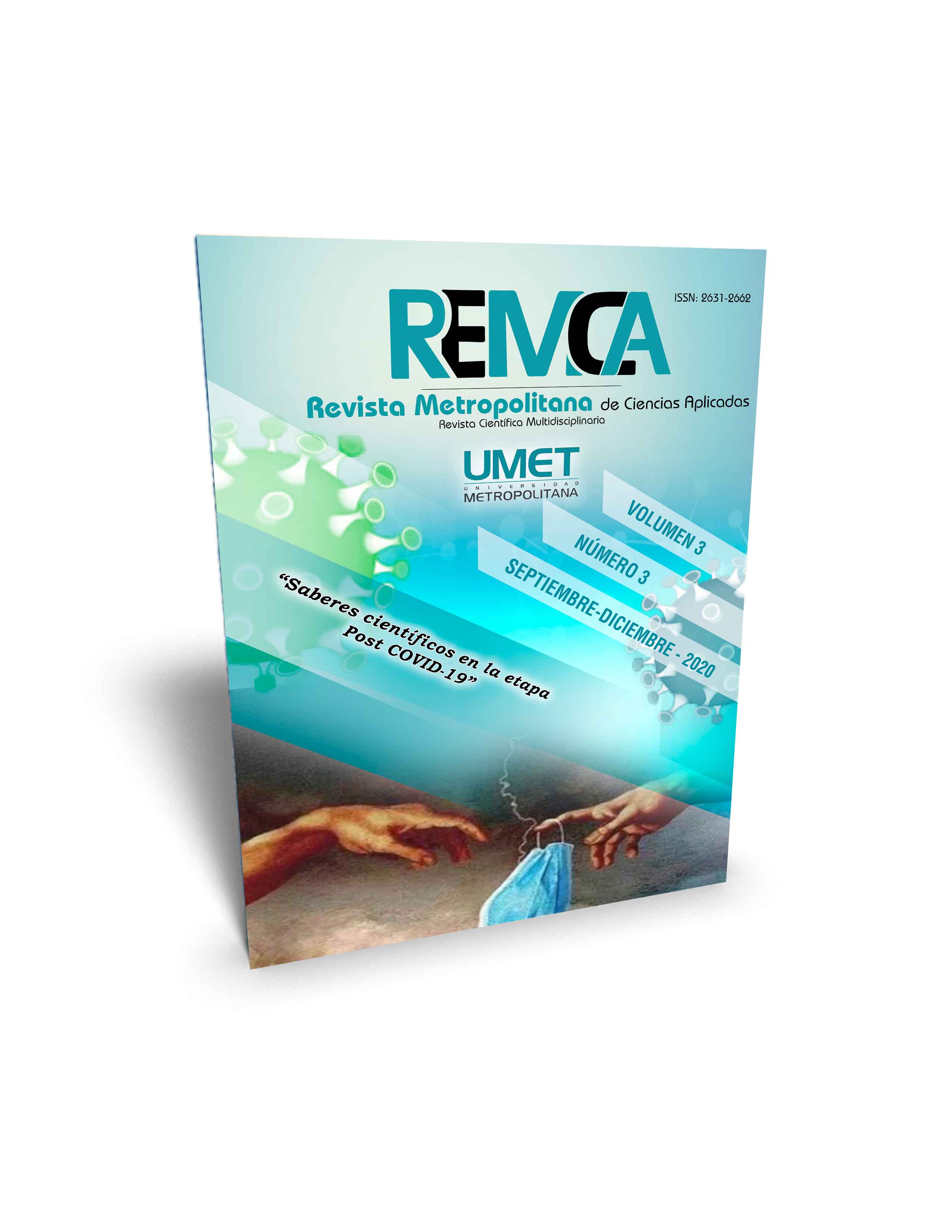Banana production in the provincial of El Oro and its impact on agrobiodiversity
DOI:
https://doi.org/10.62452/96m1x603Keywords:
Sustainable agriculture, genetic diversity, agrobusiness operation, germplasm conservationAbstract
The objective of this research was to analyze the major impacts caused by the banana industry, such as the damage to natural ecosystems due to the constant increase in cultivation areas that affect diversity, leading to the genetic erosion of many endemic species, whose habitats are destroyed. at the time of establishing monoculture banana plantations, along with the indiscriminate use of agrochemicals. To carry out this study, a bibliographic investigation was carried out based on the analysis of scientific articles, analysis of data and metadata from international and governmental organizations referring to vegetation areas affected by the banana industry. The results of these analyzes allow us to conclude that the banana industry has presented an exponentially increasing demand for its production in international markets up to the present time, justified by the quality of the fruit obtained thanks to the favorable ecogeographic conditions presented by the banana zones in Ecuador, especially the southern zone comprised by the Machala, Pasaje, El Guabo, Sta. Rosa and Arenillas cantons in the Province of El Oro.
Downloads
References
Bencomo, O. B., Fernández, R. L., & Hernández, A. R. (2018). La revolución verde, el desarrollo agrícola, la industria y la economía en Ecuador. Provincia El Oro. Estudio de caso. Revista Cientifica Agroecosistemas, 6(2), 178-184.
Cycoń, M., Piotrowska-Seget, Z., & Kozdrój, J. (2010). Responses of indigenous microorganisms to a fungicidal mixture of mancozeb and dimethomorph added to sandy soil. International Biodeterioration & Biodegradation, 64, 316 - 323.
Díaz, O., & Aguilar, B. C. (2018). Los pesticidas; clasificación, necesidad de un manejo integrado y alternativas para reducir su consumo indebido: una revisión. Revista Cientifica Agroecosistemas, 6(2), 14-30.
Ecuador. Instituto Nacional de Estadísticas y Censos. (2019). Encuesta de superficie y producción Agropecuaria Continua (ESPAC) 2018. https://www.ecuadorencifras.gob.ec/documentos/web-inec/Estadisticas_agropecuarias/espac/espac-2018/Presentacion%20de%20principales%20resultados.pdf
Ecuador. Instituto Nacional de Investigaciones Agropecuarias. (2008). Informe Nacional sobre el Estado de los Recursos Fitogenéticos para la Agricultura y la Alimentación. INIAP http://www.fao.org/3/i1500e/Ecuador.pdf
Ecuador. Instituto Nacional de Investigaciones Agropecuarias. (2016). Banco Nacional de germoplasma. INIAP, Ministerios de Agricultura, GanaderÍa, Acuacultura y Pesca.
Ecuador. Ministerio del Ambiente. (2016). Áreas protegidas del Ecuador socio estrategico para el desarrollo. http://suia.ambiente.gob.ec/documents/10179/346525/Areas+Protegidas+del+Ecuador.pdf/390b099f-6f57-4d38-bf17-cea3a138caf5
Montanarella, L. (2015). Agricultural policy govern our. Nature, (528), 32-33.
Muñoz, F. (1996). Plantas medicinales y aromáticas: estudio, cultivo y procesado. Mundi-Prensa Libros.
Organización de las Naciones Unidas para la Alimentación y la Agricultura. (2014). Normas para bancos de germoplasma de recursos fitogenéticos para la alimentación y la agricultura. FAO. http://www.fao.org/3/a-i3704s.pdf
Downloads
Published
Issue
Section
License
Copyright (c) 2020 Jonathan Bladimir Zhiminaicela Cabrera, José Nicasio Quevedo Guerrero, Rigoberto Miguel García Batista (Autor/a)

This work is licensed under a Creative Commons Attribution-NonCommercial-ShareAlike 4.0 International License.
Authors who publish in Revista Metropolitana de Ciencias Aplicadas (REMCA), agree to the following terms:
1. Copyright
Authors retain unrestricted copyright to their work. Authors grant the journal the right of first publication. To this end, they assign the journal non-exclusive exploitation rights (reproduction, distribution, public communication, and transformation). Authors may enter into additional agreements for the non-exclusive distribution of the version of the work published in the journal, provided that acknowledgment of its initial publication in this journal is given.
© The authors.
2. License
The articles are published in the journal under the Creative Commons Attribution-NonCommercial-ShareAlike 4.0 International License (CC BY-NC-SA 4.0). The terms can be found at: https://creativecommons.org/licenses/by-nc-sa/4.0/deed.en
This license allows:
- Sharing: Copying and redistributing the material in any medium or format.
- Adapting: Remixing, transforming, and building upon the material.
Under the following terms:
- Attribution: You must give appropriate credit, provide a link to the license, and indicate if any changes were made. You may do this in any reasonable manner, but not in any way that suggests the licensor endorses or sponsors your use.
- NonCommercial: You may not use the material for commercial purposes.
- ShareAlike: If you remix, transform, or build upon the material, you must distribute your creation under the same license as the original work.
There are no additional restrictions. You may not apply legal terms or technological measures that legally restrict others from doing anything the license permits.




